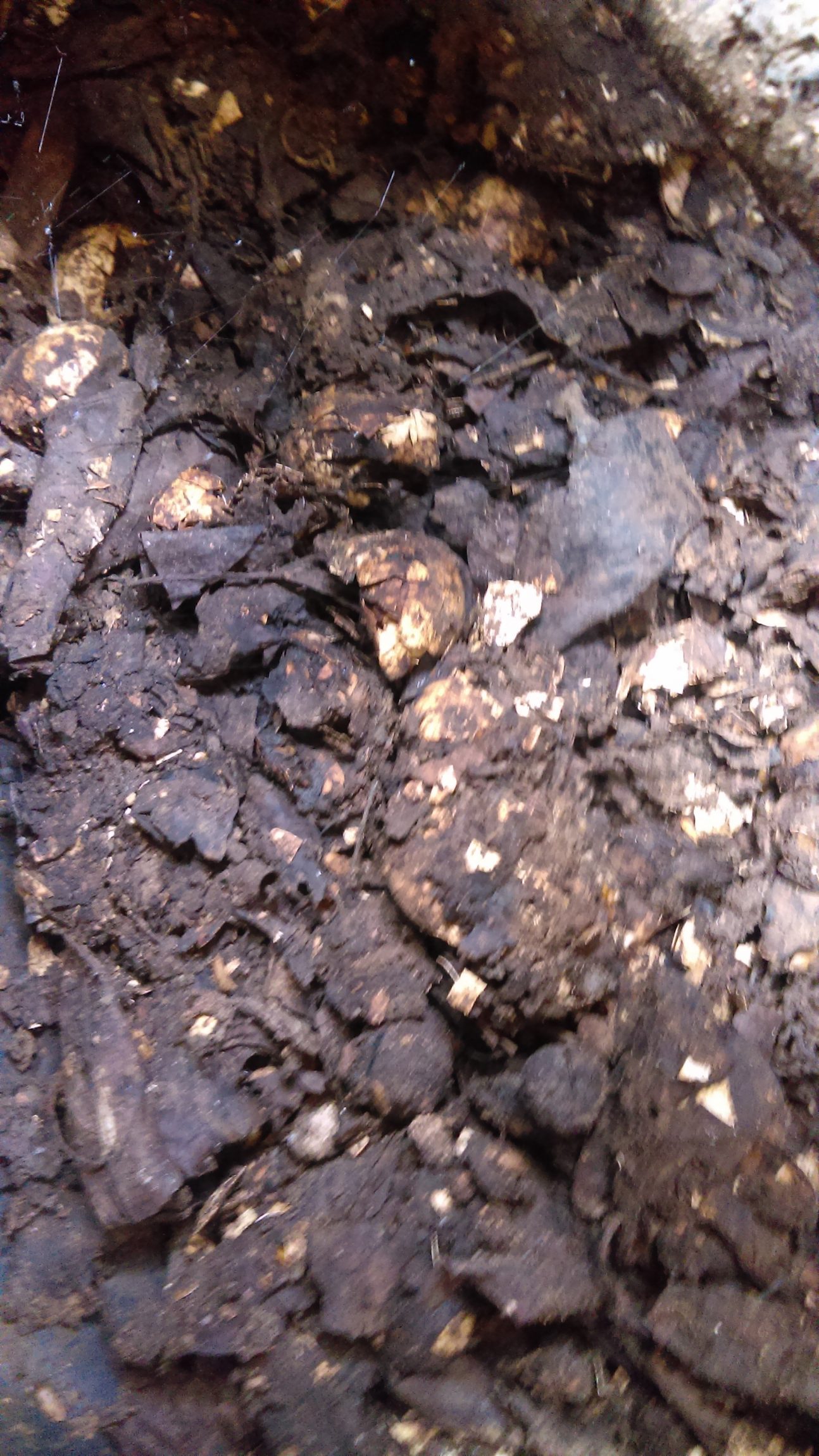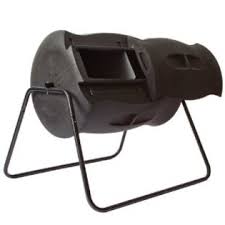Several members of the ILACSD team compost food scraps at home. While our previous compost blogs have focused on vermicompost, composting organic material with the help of worms, it is isn’t the only option for those with limited space. Ani, our Recycling Programs Manager, recently added a small, easy to turn, worm-free compost bin to her home to make the most of her food scraps. Read on to learn more about her compost journey and one of the trials she faced early on – smelly compost.
M y journey with compost started about a year ago when my boyfriend and I decided that we wanted to invest in a compost bin for our food scraps. The first step was determining what type of bin I needed that would best suit my schedule and needs. It is important to note that every compost pile and bin is different, for example, I chose to purchase a compost tumbler to limit the time it takes to manually turn the contents in the pile with a shovel. This might not be the case in every household though. My compost bin instantly mixes when I spin it, which is convenient for me and needless to say that it takes less than a minute to turn.
y journey with compost started about a year ago when my boyfriend and I decided that we wanted to invest in a compost bin for our food scraps. The first step was determining what type of bin I needed that would best suit my schedule and needs. It is important to note that every compost pile and bin is different, for example, I chose to purchase a compost tumbler to limit the time it takes to manually turn the contents in the pile with a shovel. This might not be the case in every household though. My compost bin instantly mixes when I spin it, which is convenient for me and needless to say that it takes less than a minute to turn.

When I started collecting food scraps for the bin, I found myself with an overly stinky compost pile. I had missed an important component of composting practices…keeping the ratio of nitrogen to carbon just right. This balance between nitrogen and carbon is key to having a successful compost pile. Carbon-rich materials like leaves, mulch, wood chips and nut shells are referred to as “browns” and nitrogen-rich materials like food scraps are referred to as “greens.” I was so excited to have a place to store my food scraps, or my “greens,” that I neglected my “browns” contribution to the compost bin. To offset the smell, I placed shredded newspaper in the pile as my “browns” because of the lack of “browns” in my backyard.
Composting is definitely a work of art with an environmental twist. Maintaining that balance between “greens” and “browns” is a small component of it and this was just one issue that required some research on my part. It’s safe to say that my experience with composting has been an interesting and informative one.

Remember that every compost pile is different and may require several changes to the formula before it starts to look (and smell) like its processing your organic materials correctly.
Stay tuned for my follow-up blog where I will share my best practices for pest control!
If you’re looking for more composting resources, check out our one-stop recycling database, WasteFreeSD.org!


1 Comment
[…] Source: What’s that Smell? Ani’s Compost Journey | EcoBLOGic […]
Comments are closed for this article!